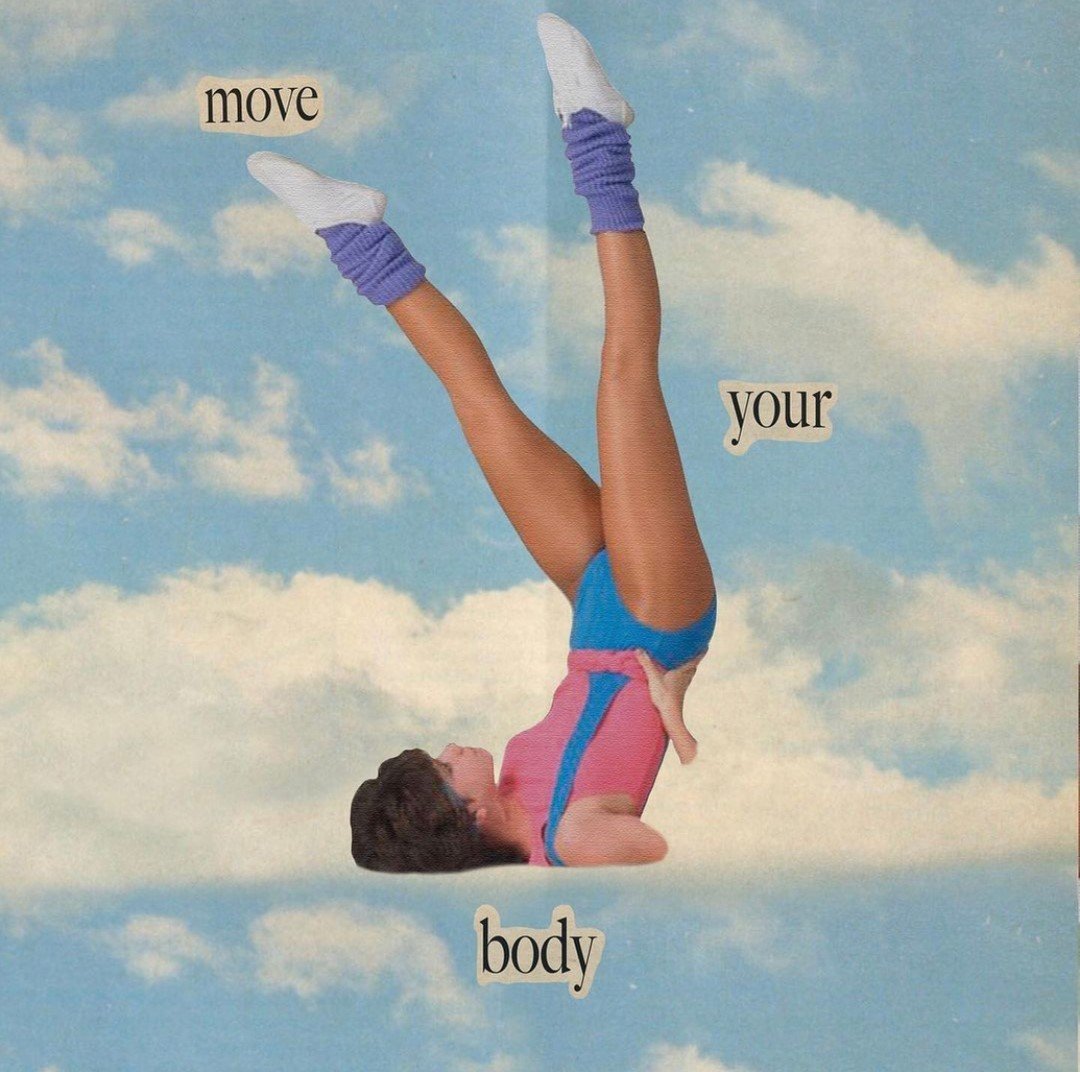4 Practical Ways to Regulate Big Emotions
image: @kamillacollages
In today’s world, there are stressors everywhere. We open our phones to distressing news. We walk outside and there are images and text all grabbing at our attention.
Not to mention people, they exist, and they can be very annoying.
Then we have our internal world, busy with thoughts berating us on the things we lack, emotions taking us on a roller coaster, and urges to behave in ways to escape everything else.
There’s a lot on as a human being. And sometimes it gets overwhelming. In those moments of overwhelm, there are several things you can do to help calm yourself down.
Why is regulation important? Great question.
When we get stressed and anxious, we shift from the parasympathetic nervous system (that is responsible for states of relaxation, mindfulness, curiosity, safety, and sexual desire), into the sympathetic nervous system (responsible for fight/flight response, cortisol release, and threat response).
When we cross the threshold into the threat response mode, we lose our ability to problem solve, evaluate, make decisions, and think rationally. Instead, our nervous system has convinced our brain that there’s just no time, we need to get overwhelmed/stressed/anxious instead.
The skill I’m introducing today comes from Dialectical Behavioural Therapy designed by Marsha Linehan, and falls under one of four pillars in this therapeutic approach; distress tolerance.
Regulating with ‘distress tolerance’ skills helps to shift us back into the parasympathetic state, where we can feel a little more grounded.
The aim of distress tolerance is just that- to provide a strategy to use when you’ve overwhelmed that won’t make the situation worse. These skills are not going to solve the problem. But they will get you calm enough to think straight, and problem solve.
TIPP is an acronym for;
Tip the Temperature
Intense Exercise
Paced Breathing
Progressive Muscle Relaxation
Tip the temperature:
Cold temperature can be used to trick the body into thinking it’s under water. This comes from a survival mechanism built into the body, where once submerged, our body reduces the heart rate to conserve oxygen in the blood.
You can use a bowl of iced water, hold your breath, and plunge your face into the cold water for 30 seconds. An alternative is to use an ice pack and place it over your eyes, temple, and upper cheeks. You still want to trick your body into thinking it’s in water, so bend forward and hold your breath for 30 seconds. Another option is a colde shower, or an actual body of water (pool, ocean).
If you are on beta-blockers, are pregnant, or have a heart condition this might not be safe for you.
image: @kamillacollages
Intense Exercise:
When we’re feeling extreme emotion, or stress, our body is quite energised with cortisol and adrenaline. Exercise can help to defuse this state, and process the stress.
You can do this by moving intensely for 30 seconds, 5 minutes, or 30 minutes. The movement can be whatever feels good to you including jumping, running, swimming, dancing, or yoga.
Eating disorder friendly movement to use:
Gentle stretching
A 15 seconds full body shake
A 2 minute dance to a song you like
Paced breathing:
By pacing our breath, we can help to activate the parasympathetic nervous system and reverse our escalation response.
With this skill, we want to try and breath from the diaphragm or belly.
We also want to slow the pace of inhale and exhale way down, doing 1 breath every 10-12 seconds.
And most importantly, the exhale needs to be longer than the inhale. So if the inhale is 4 seconds, your exhale should be 6 seconds.
You can find an example of a guided paced breathing exercise here.
Progressive Muscle Relaxation:
This is an exercise similar to a body scan meditation where you move your attention to different body parts, tense the muscles, hold, and release on the exhale to let go of tension. You can also pair the release with the word ‘relax’.
Progressive muscle relaxations are a wonderful thing to practice before you go to sleep if you suffer from late night rumination.
You can find an example of a guided progressive muscle relaxation here.

